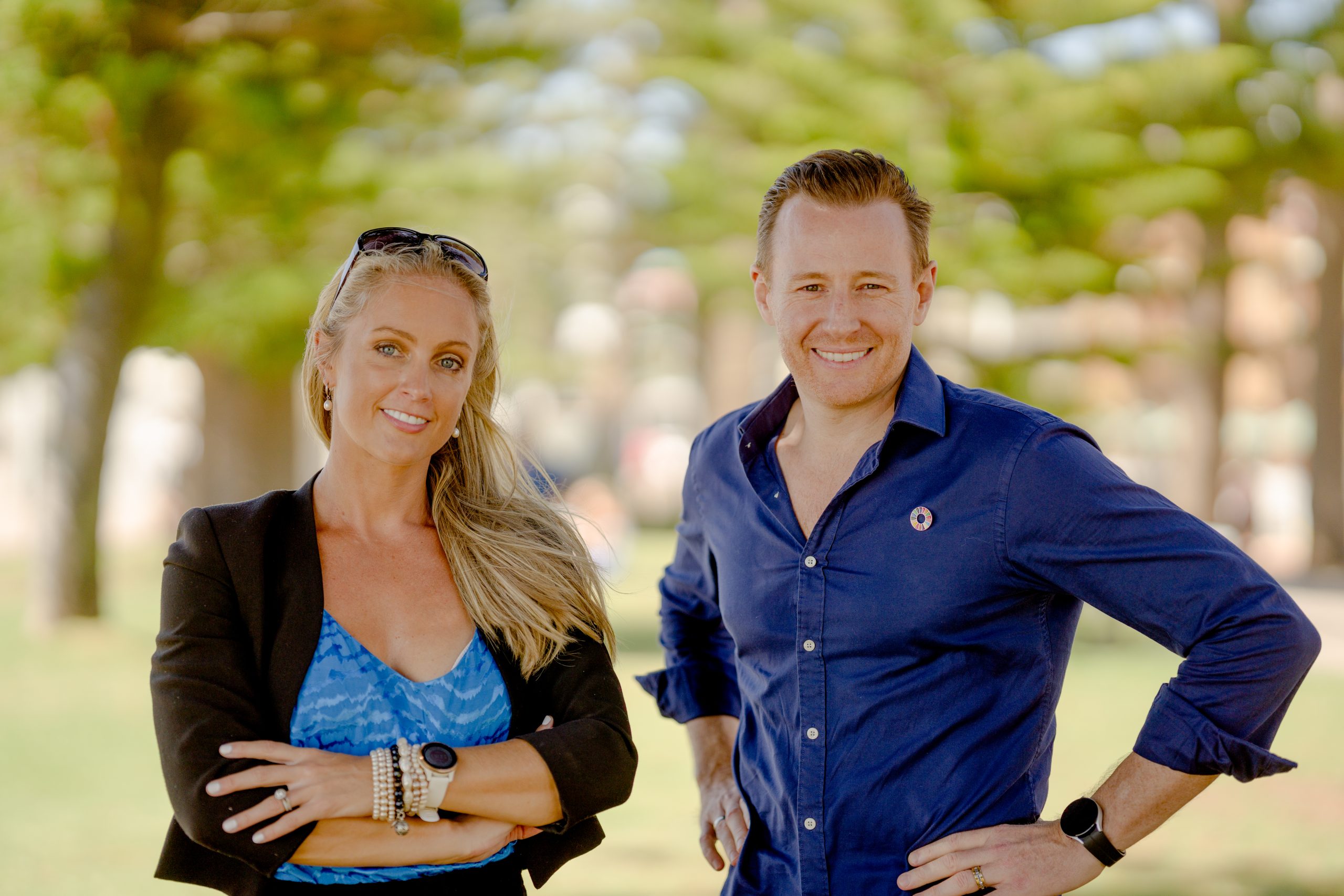In 2024, Australia’s climate tech industry continues to thrive, with 689 companies driving innovation and sustainability. Notably, 21% of these companies are already creating measurable environmental impact, and 42% of founding teams include at least one female member, signaling progress in diversity.
To date, the sector has raised $1.4 billion in capital and generated over 3,770 jobs. Nearly half (49%) of these companies are already operating internationally, attracting $370 million in international investment.
As the industry looks ahead, 80% of companies aim to raise capital in the next 12 months, and 42% plan to expand internationally within the next two years. In this competitive landscape, a well-crafted and strategic media relations approach is crucial for startups seeking to stand out and secure funding.
Understanding the Climate Tech Landscape
Climate tech, a sector at the crossroads of technology and sustainability, encompasses a wide range of innovations aimed at combating climate change. Startups in this field operate within various sub-industries, each with unique market dynamics and communication needs.
For instance, a press release for an electric vehicle (EV) charging solution will differ significantly from one announcing advancements in carbon accounting technology. The former might focus on infrastructure scalability and direct carbon emission reductions, while the latter would highlight its impact on corporate sustainability and compliance with evolving regulations.
Tailoring your messaging to reflect these differences ensures that your announcements resonate with the right audiences.
Recipe for Strong Media Relations
1. Differentiating Climate Change Reporters from Climate Tech Reporters
Understanding the distinction between climate change reporters and climate tech reporters is essential. Climate change reporters cover broader topics such as global warming trends, extreme weather events, and policy developments. In contrast, climate tech reporters specialise in innovations aimed at mitigating climate change, including funding announcements and new technological advancements. Knowing which reporters cover which aspects can help you target your media outreach more effectively.
2. Becoming an Industry Thought Leader
Building relationships with reporters requires positioning yourself as a valuable resource. Stay updated on industry news and be prepared to provide insights or commentary on relevant developments. For example, if the ASIC announces a new climate disclosure rule, be ready to discuss its implications for the industry and how your technology addresses these new challenges. Engaging in discussions on platforms like LinkedIn and sharing your expertise will help you build credibility and establish yourself as a thought leader.
3. Highlighting Scalability and Impact
When crafting your media pitch, emphasize the scalability of your solution. Reporters are keen on innovations that can address large-scale environmental challenges. Highlight how your solution is designed to be scalable and the difference it can make on a global scale. Additionally, differentiate your technology from competitors by showcasing unique features or efficiencies. In a crowded market, demonstrating your solution’s unique value proposition is crucial.
4. Finding the Right Publication and Reporter
Identifying the right publication and reporter is critical. Focus on the audience you want to reach rather than just the publication itself. While major global publications are attractive, trade publications and industry-specific outlets might offer more targeted reach.
For example, Business Insider or TechCrunch might be suitable for in-depth industry-focused pieces, while Axios Pro: Climate Deals is ideal for concise updates to a climate tech-savvy audience. Tailor your pitch to explain why your story is a good fit for their publication and how it stands out from existing coverage.
5. Leveraging Climate Data
Data is a powerful tool in climate tech PR. Reporters value concrete evidence of progress, such as adoption rates or environmental impact metrics. Share data that demonstrates the effectiveness of your technology, whether it’s through increased adoption rates, improvements in sustainability metrics, or trends over time. Presenting this information in a media-friendly format, such as infographics or well-designed reports, can enhance its impact.
Case Study: HB11 Energy – A Strategic Media Approach
A compelling example of effective media relations in the climate tech sector is the success of HB11 Energy, Australia’s pioneering laser fusion energy startup. In a field dominated by large international players, gaining significant media coverage was a considerable challenge for this small Australian company.
The global race for scalable and sustainable energy, particularly in the realm of fusion net energy gain, was intensifying. HB11 Energy was competing with major international players but needed to make a significant impact to gain recognition.
When the Lawrence Livermore National Ignition Facility (NIF) in California was set to announce its achievement of net energy gain, HB11 Energy strategically timed its own announcement. They revealed the formation of a “coalition of global laser technology heavyweights” on the same day as the NIF’s announcement. By linking the two pieces of news, HB11 Energy created a compelling narrative that resonated with journalists and highlighted Australia’s role in this groundbreaking field.
This well-timed announcement resulted in HB11 Energy receiving extensive coverage both locally and globally. The story was featured in major publications such as The New York Times, The Guardian, and The Australian, among others. The media release generated 192 pieces of coverage with an estimated online readership of 1.74 billion. This case underscores the power of strategic timing and linkage in amplifying media coverage.
Digital Marketing Strategies
1. Content Marketing
Developing informative and engaging content such as blog posts, whitepapers, and videos is key to establishing thought leadership. Create materials that explain your technology’s benefits and provide valuable industry insights.
2. SEO (Search Engine Optimization)
Optimize your content for relevant keywords related to climate technology, such as “renewable energy solutions” or “carbon capture technology.” Implement both on-page and off-page SEO strategies to improve search engine rankings and drive traffic to your site.
3. Social Media
Utilize social media platforms like LinkedIn, Twitter, and Instagram to reach a broader audience. Share engaging content, including articles, infographics, and videos that highlight your innovations and company culture. Social media is also a platform for interacting with stakeholders and potential customers.
4. Email Marketing
Build and maintain a robust email list by offering valuable content such as eBooks or webinars. Craft personalized email campaigns to nurture leads and keep your audience informed about updates and insights.
Growth Hacking Techniques
1. Data Analytics
Use data analytics tools like Google Analytics to monitor website performance, user behavior, and campaign effectiveness. Analyzing this data helps refine your marketing strategies and optimize campaigns for better results.
2. Shareable Content
Create content that resonates emotionally or provides high value, encouraging your audience to share it. Examples include impactful environmental videos or success stories showcasing how your technology makes a difference.
3. Influencer Partnerships
Collaborate with influencers who are passionate about environmental issues and have a significant following. Their endorsement can amplify your message and reach a wider audience.
4. Community Building and Partnerships
Engage with stakeholders, potential customers, and partners through forums, social media groups, and local events. Form strategic partnerships to expand your reach and influence, fostering loyalty and advocacy within the climate tech community.
Conclusion
Navigating the climate tech industry requires a multifaceted approach to media relations and marketing. By understanding the landscape, differentiating your message, targeting the right publications and reporters, and leveraging data, you can enhance your visibility and impact. Combining effective public relations with robust digital marketing and growth hacking strategies will drive significant success and propel your business forward in this rapidly evolving sector.
Ready to elevate your media relations strategy? Contact us to discover how our expertise can help you stand out in the climate tech industry!










